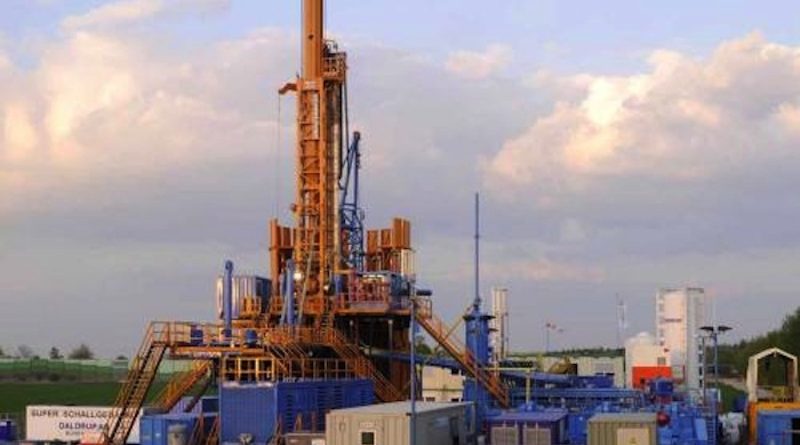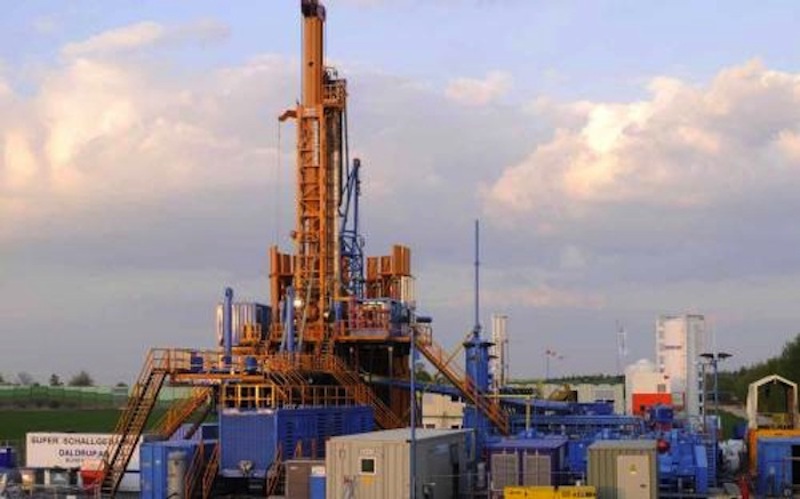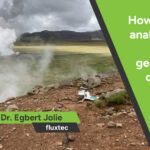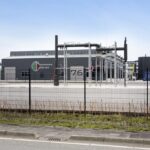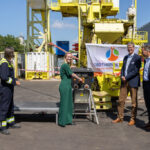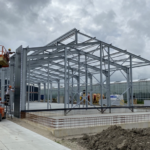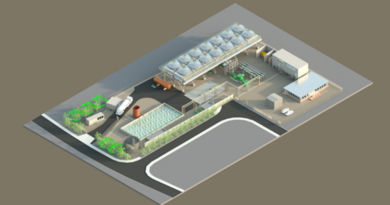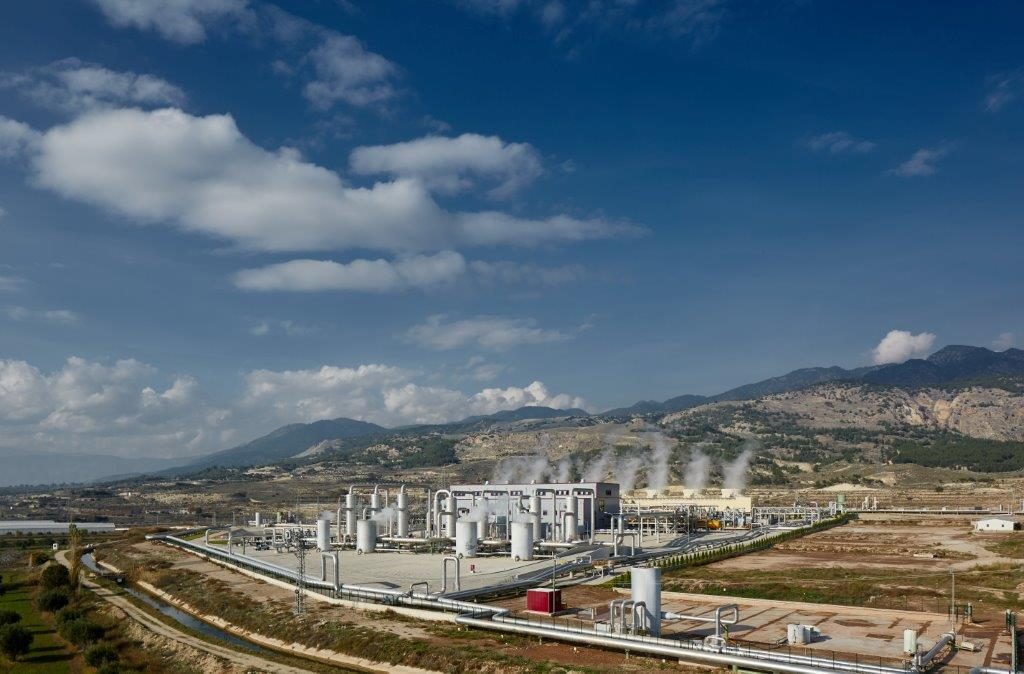Minimizing risk in geothermal development – a take from the Netherlands
Energy Disrupter
In an article, Frank Schoof of Platform Geothermie in the Netherlands addresses safety concerns in geothermal development and how industry has been addressing them.
How do you safely extract heat from the earth is the key question asked in a recent piece written for Dutch publication Gawalo. Geothermal energy is not always without risks. For example, it is possible that oil or gas will emerge during extraction, while in some locations the risk of earthquakes increases. In short: this technique requires a careful approach. How do you limit those risks?
The geothermal project of California Lipzig Gielen (CLG) in the municipality of Horst aan de Maas near Venlo [in the Netherlands] is currently off-track. That was decided by the State Supervision of Mines (SSM) in July 2019. There was insufficient scientific data on the underground situation to extract geothermal energy in a responsible manner. CLG would like to extract heat from aquifers and fractures in limestone as well as sandstone at a depth of 1,600 to 2,600 meters.
The project had been stopped for almost a year due to a very minor earthquake on August 25, 2018. A month later, on September 3, another earthquake occurred, this time a bit more powerful, with a magnitude of 1.7 on the Richter scale. CLG has been allowed to produce geothermal energy since June 2017, on condition that production would stop if an earthquake struck the area.
Geothermal and earthquakes
This is not the first time a link between earthquakes and geothermal energy extraction has been made. In November 2017, the extensive geothermal heat project WarmteStad in Groningen came to an end after a – according to RTV Noord – ‘scathing’ advice from SSM. This means that heating of 12,000 homes via geotheraml wells was canceled. According to the regulator, it was unclear what the chance of earthquakes would be as a result of drilling and extracting hot water from the deep bottom.
Make subsurface models
“A few areas in the Netherlands are seismically active,” explains Frank Schoof of the Geothermal Energy Platform. “That is not to say that earthquakes often occur, but that caution is required. One area (Groningen) is vulnerable as a result of gas extraction, the other area (Limburg) is sensitive by nature. In Limburg, there is not only a certain risk in the vicinity of the mines, activities have been measured in larger parts of the province that indicate that the subsurface is under tension. That means you have to make good models of the soil to find out where you can or cannot extract geothermal heat. In the case of Horst, a lot has been learned by both the initiators and the government, ”concludes Schoof.
Safe geothermal energy
Another safety aspect is that in geothermal installations the pumped water can leak out and contaminate the soil at greater depths. Is it actually possible to safely apply geothermal heat? “Safe geothermal energy is certainly possible,” explains Robert Mout of SSM. “The condition is that you have to take the correct safety regulations. Pollution can occur if leakage occurs and if the pumped up and subsequently injected water is contaminated. Precisely for this, there are regulations attached to the approval of the extraction plan. SSM supervises this. ”
Escaping gas when extracting geothermal energy
According to Schoof, it is important in this context to distinguish between risks and incidents that can simply occur. He mentions as an example the possibility that gas can be released during the extraction of geothermal energy. “That’s not a risk, because you know something like that can happen. Because you know that in advance, you can take this into account. ”
“The sector therefore designs the installations with the same safety measures as for drilling for natural gas. Wells are finished and monitored so that no gas can escape, with the same precautions. We also see a different approach in the Floricultura project in Heemskerk, where geothermal energy is extracted from a depth of 2,700 to 2,900 meters. Here the system is aimed at injecting the emerging gas back into the deep subsurface under pressure. ”
“We believe it is important that geothermal companies monitor and measure the integrity of the wells themselves.”
Leakage from geothermal wells
Data from SSM shows that the wall thickness of some older geothermal wells can decrease rapidly due to corrosion, which may lead to leaks. According to Mout, this is a serious but manageable problem. “It is important to carry out the correct measurements and repairs,” says Mout. Where necessary, SSM has written to companies to carry out the repairs and has set deadlines for this. We think it is important that geothermal companies themselves monitor and measure the integrity of the wells. ” SSM has now advised the Minister of EZK to include regulations on this in the permit of the extraction plan.
Prevent leakage of pits
Schoof also recognizes the importance of designing the wells in such a way that any leakage can be detected. “There are a few known cases, including a company in Pijnacker, where the well wall is broken at greater depth. Naturally, this immediately leads to the cessation of production, ”says Schoof. “Ultimately, the company had to drill a new well, which was of course a costly affair.”
According to Schoof, a lot of attention is now being paid to the design of wells, whereby the chance of leakage is minimal. This can be done by making the upper part of the pit double-walled, so that a hollow space is created between the two walls. “Then you constantly measure the pressure in that hollow space,” explains Schoof. “As soon as the pressure changes, you know you have a leak and you can take measures. In addition, it is important to measure the wall thickness of the deeper part of wells regularly. ”
Radioactive particles in water
Another aspect is that the pumped water can contain light radioactive particles. The particles concerned end up in the filters at the top of the installation. “Those filters are very fine and remove the floating particles from the water to prevent them from clogging the injection well,” says Schoof. “These particles are slightly cumulative, so you have to make sure you change the filters regularly and remove the substances in question.”
Mout emphasizes that this is also a manageable problem. “It is correct that pumped water can contain radioactive particles. The extent to which, however, is very limited. If the problem were more serious, a permit would be required under the Nuclear Energy Act. This also applies to the water filters on which the radioactive particles can accumulate. If a permit has been granted and the regulations are properly complied with, the chance of radioactivity spreading is minimal. ”
Source: Gawalo

